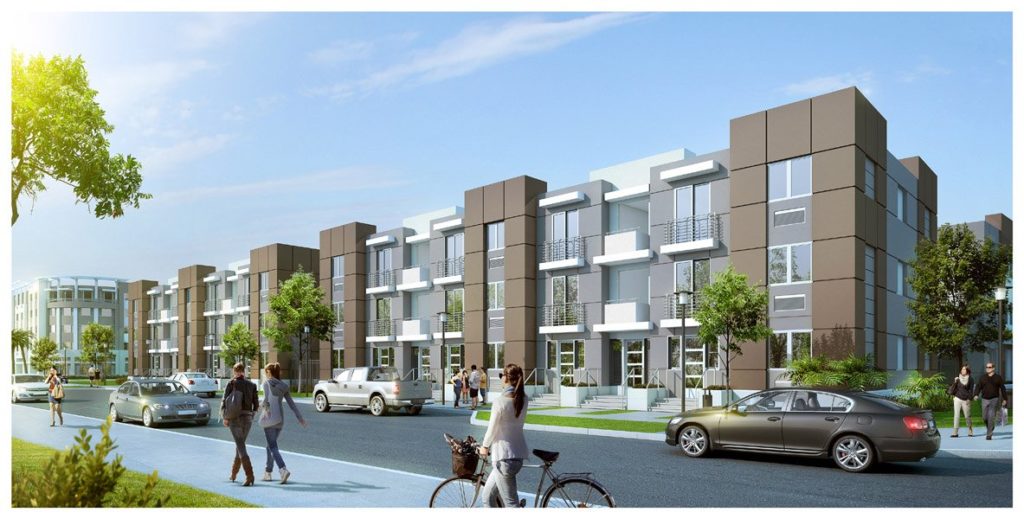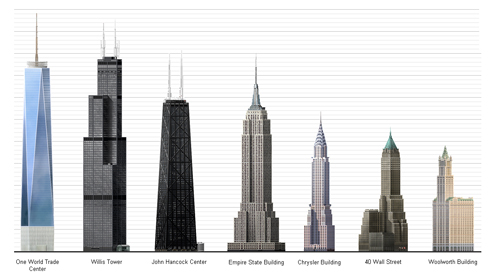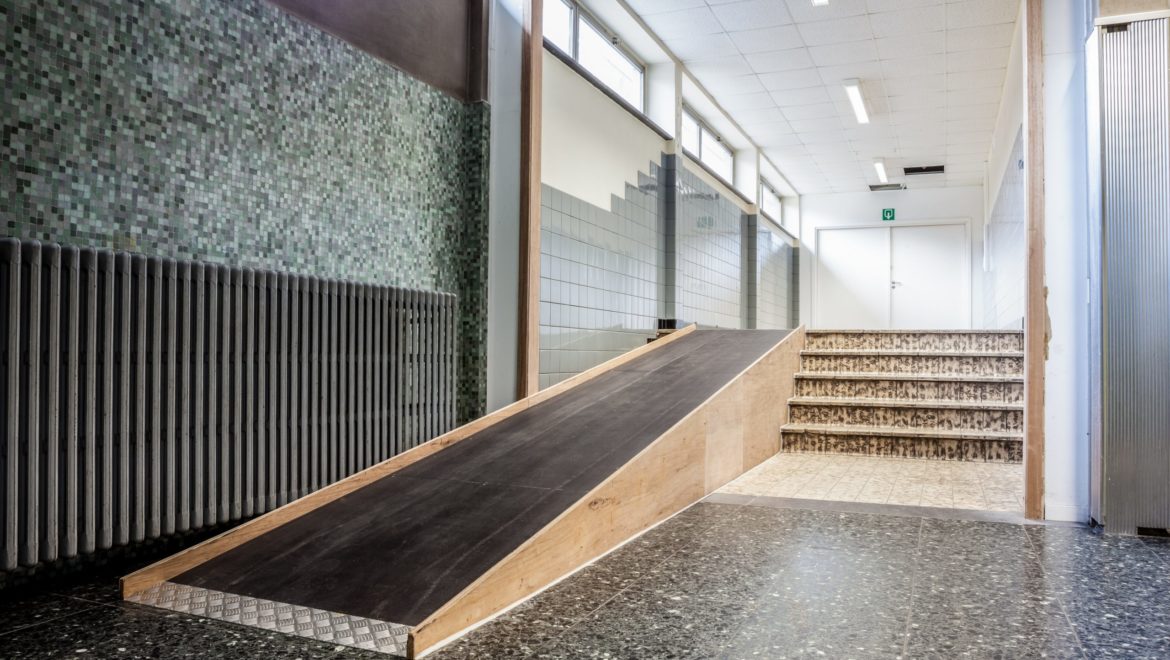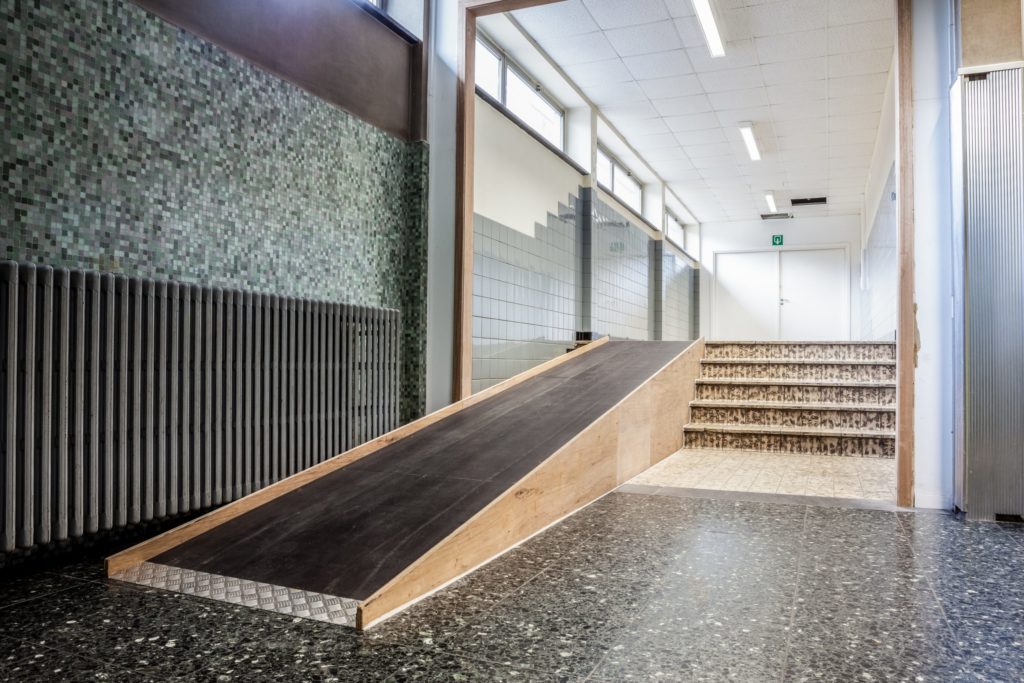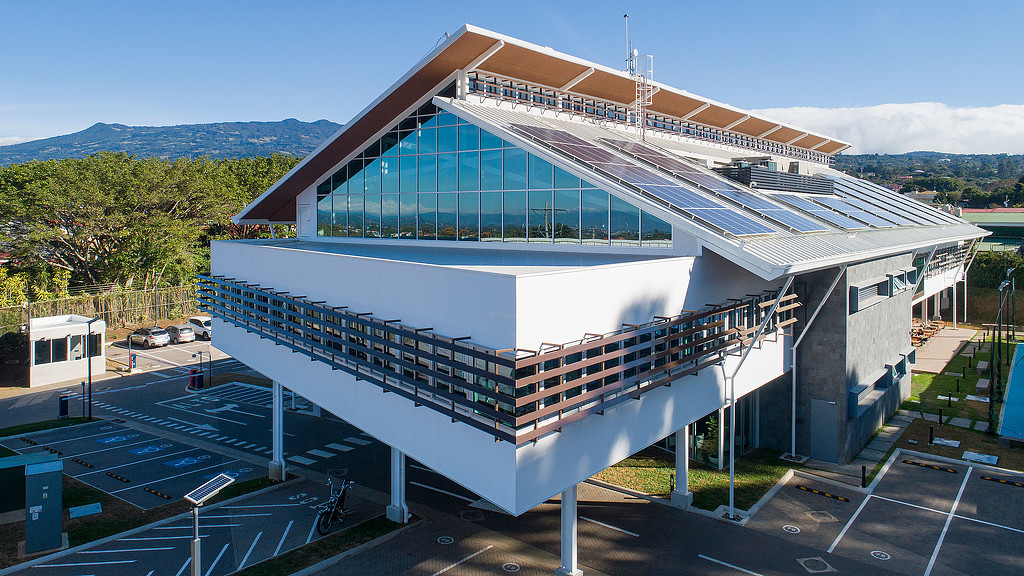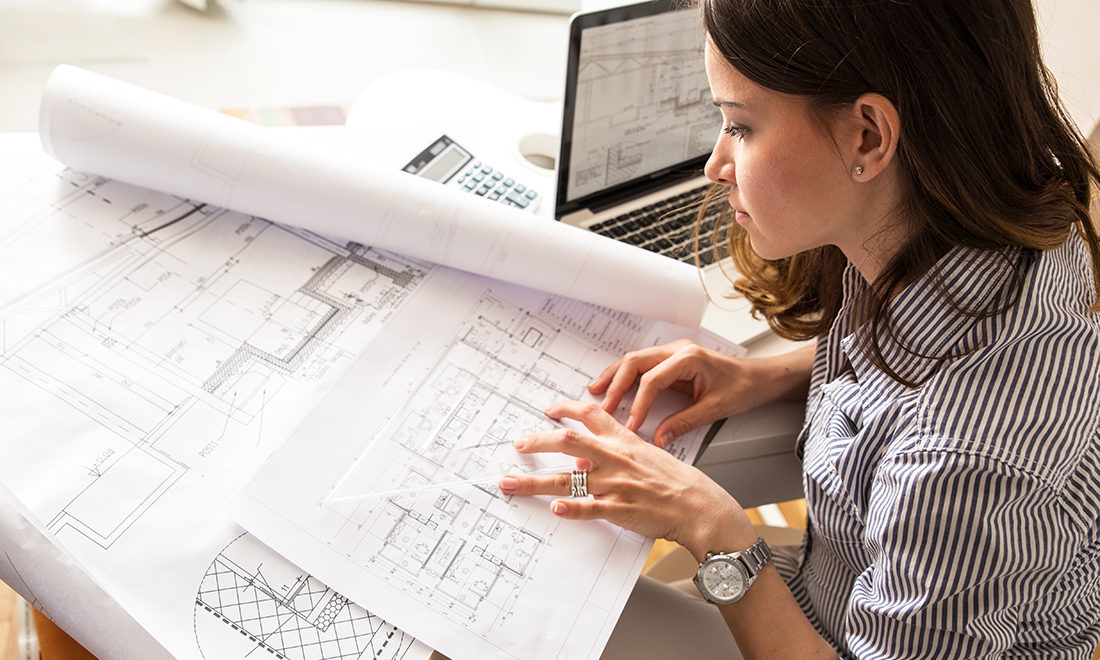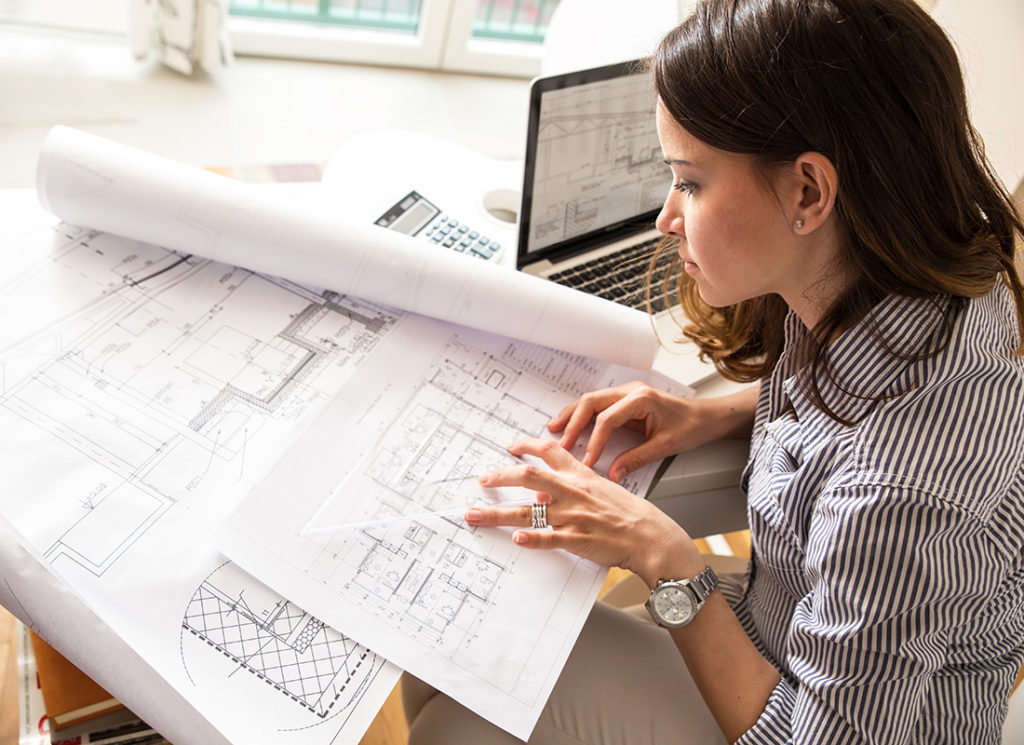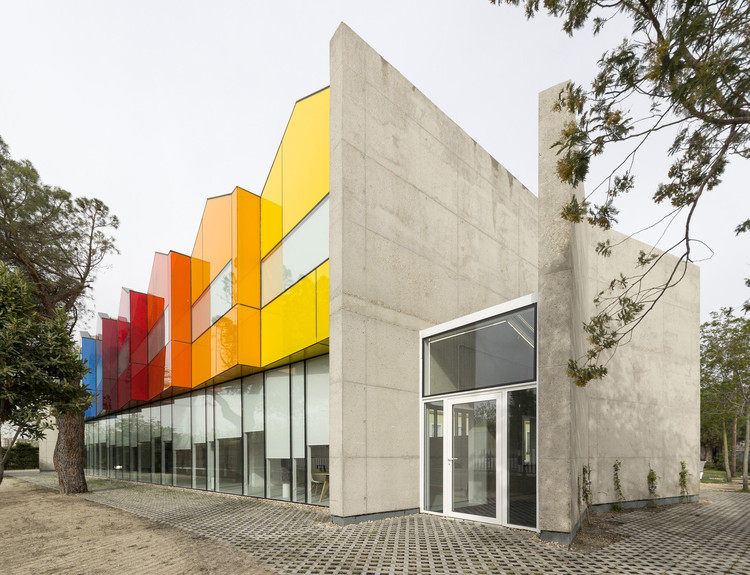Building Together: The Power of Community Engagement in Architectural Projects
Architecture plays a pivotal role in shaping our world. Beyond mere functionality and aesthetics, architectural projects have the potential to profoundly impact the communities they serve. Recognizing this, a shift towards greater community engagement in architectural endeavors has gained momentum in recent years. This blog delves into the significance of involving the community in architectural projects and explores how this approach can lead to more inclusive and sustainable designs.
Inclusivity as a Cornerstone
Community engagement in architectural projects embodies the democratic principles of inclusivity and participation. By involving the community in the planning and design process, architects ensure that the diverse voices, needs, and preferences of the people who will use the spaces are heard and considered. This inclusive approach helps create designs that are not only visually appealing but also functionally and culturally relevant to the community they serve.
Fostering Ownership and Pride
When individuals have a say in shaping their built environment, they develop a sense of ownership and pride in the spaces they help create. This emotional connection encourages responsible use and maintenance of architectural assets, contributing to their longevity. Community engagement transforms architectural projects into more than just buildings; they become symbols of shared accomplishment and sources of community pride.
Sustainable Solutions
Sustainability is a critical aspect of modern architectural design. Community engagement facilitates the integration of sustainable practices by tapping into the local knowledge and environmental awareness of the community. This collaborative approach can lead to innovative solutions such as incorporating renewable energy sources, optimizing water usage, and minimizing waste. Sustainable designs not only benefit the environment but also reduce long-term operating costs, ultimately benefiting the community.
Addressing Local Challenges
Every community faces unique challenges and opportunities, be it economic, social, or environmental. Community engagement enables architects to gain a deeper understanding of these local contexts. By working closely with the community, architects can develop solutions that address specific challenges, whether it’s designing affordable housing, revitalizing urban spaces, or preserving cultural heritage. This tailored approach ensures that architectural projects contribute meaningfully to the community’s well-being.
Enhancing Social Cohesion
Architectural projects have the potential to strengthen social bonds within a community. Spaces designed with community input can become hubs for social interaction, promoting cohesion and a sense of belonging. These spaces foster connections among residents, bridging gaps and breaking down social barriers. In this way, community engagement can contribute to the overall well-being and harmony of the community.
Avoiding Negative Impacts
Architectural projects can sometimes have unintended negative consequences, such as gentrification, displacement, or environmental degradation. Community engagement serves as a safeguard against such negative impacts by allowing residents to voice concerns and propose alternatives. Architects can work collaboratively with the community to find solutions that balance progress with preservation and ensure that the project benefits rather than harms the community
Conclusion
Involving the community in architectural projects is not just a trend; it’s a fundamental shift towards more inclusive and sustainable design practices. By embracing community engagement, architects can create spaces that reflect the unique character and needs of the communities they serve. These spaces become more than just structures; they become symbols of collaboration, empowerment, and unity. In the end, engagement in architectural projects paves the way for a built environment that truly belongs to and benefits everyone.
